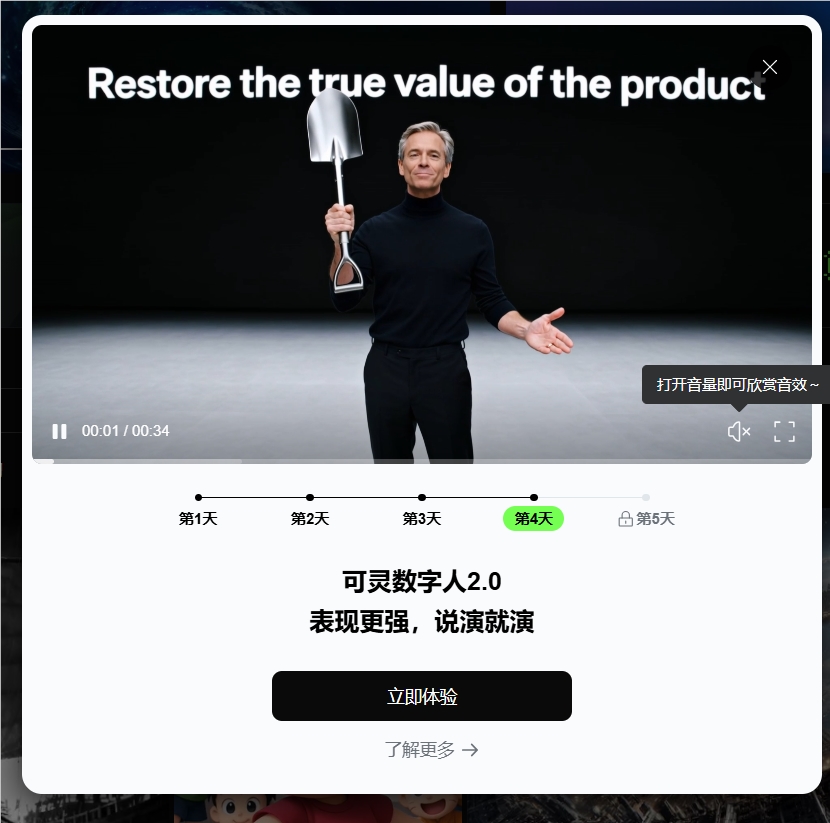Visual China, a visual content copyright platform, disclosed its AI business progress in an online meeting on October 19. The company has established strategic partnerships with multiple AIGC companies and plans to jointly develop a large-scale visual creative industry model that is "commercially usable + traceable." It has also secured compliance data service orders from international big model companies such as Alibaba and Microsoft.
From a business model perspective, Visual China's positioning is to provide high-quality, copyright-compliant data resources for AI model training. The company currently has over 700 million pieces of content data, which can be used to train visual generation models. In the context of a surge in demand for AI training data, having a large-scale image library with compliant authorization has become a commercial advantage.
Visual China emphasizes the "commercially usable" and "traceable" characteristics of its data. The former means that content generated by models trained using this data can be used for commercial purposes, avoiding the risk of copyright disputes; the latter refers to clear data sources, complying with regulatory requirements for transparency in AI training data. These characteristics address the core pain points faced by the current AI industry—copyright issues in training data.
From the perspective of cooperation partners, orders from companies like Alibaba and Microsoft indicate that major AI model developers are seeking compliant training data suppliers. As regulations on AI training data copyrights become stricter in various countries, the practice of scraping data from the public internet to train models faces legal risks, prompting AI companies to turn to commercialized data licensing channels.
Visual China's strategic goal is to create AI tools tailored for the creative industry through collaboration with technology companies. This positioning attempts to find a balance between content providers and technology providers—providing training materials for AI models while developing AI products that directly serve creators.
However, this business model also faces some challenges. First, there is the issue of the sustainability of data value. As AI model capabilities improve and synthetic data technologies develop, reliance on real image data may decrease. Second, the sustainability of the business model—training data services are typically one-time transactions, and establishing long-term revenue sources is key. Additionally, when AI models can generate high-quality images, they may pose a threat to traditional image library businesses. Visual China needs to find a balance between empowering AI and protecting its existing business.
From an industry perspective, it is a trend for copyright content platforms to transition into AI data suppliers. International counterparts such as Getty Images and Shutterstock are also exploring similar paths. These companies have the advantage of owning large-scale authorized content libraries, but their disadvantage lies in needing to renegotiate AI training authorization terms with original authors, which involves complex issues of interest distribution.
The "traceable" characteristic emphasized by Visual China corresponds to the current trend in AI regulation. Regulations such as the EU AI Act require AI systems to disclose the sources of their training data, and China's administrative measures for generative AI also have similar requirements. Establishing a data traceability mechanism can help AI companies meet compliance requirements, which is a competitive advantage of commercialized data services.
From the perspective of creators, this collaboration model has a dual impact. If AI tools can lower the barriers to creation and provide new forms of expression, it is positive for the industry. However, if it leads to a decrease in demand for original content, it could harm creators' interests. The statements made by Visual China about "helping customers stand out" and "not worrying about copyright issues" more reflect the value proposition from the user's perspective rather than the creator's.
In summary, Visual China's AI strategy reflects the efforts of traditional content platforms to find a new position in the AI era. The key to success lies in whether it can establish a sustainable business model that balances providing data for AI, developing AI tools, and protecting the rights of creators. Currently, the disclosed information mainly focuses on data supply and strategic cooperation, while specific product forms, revenue models, and mechanisms for distributing benefits to original authors remain unclear. These details will determine the actual effectiveness of this strategy.







